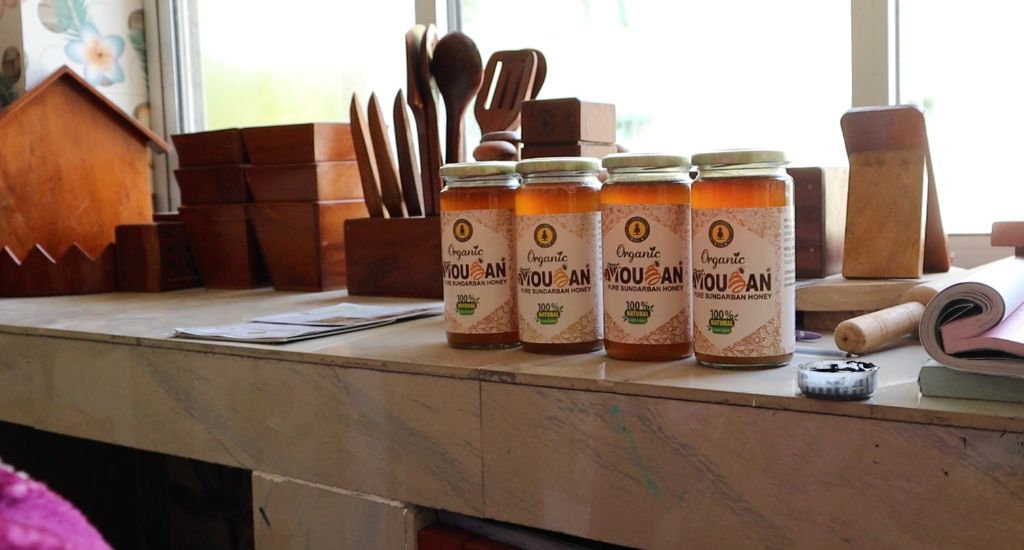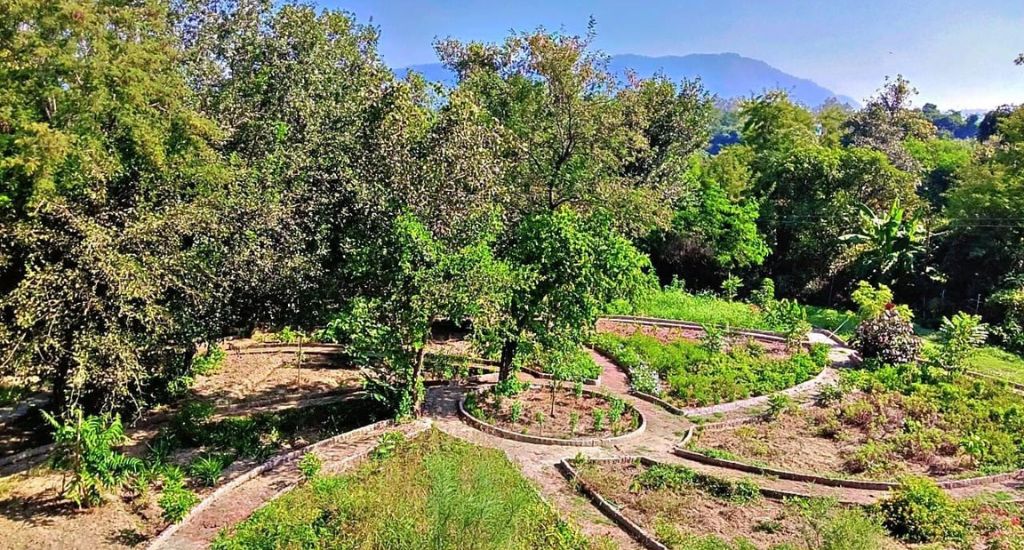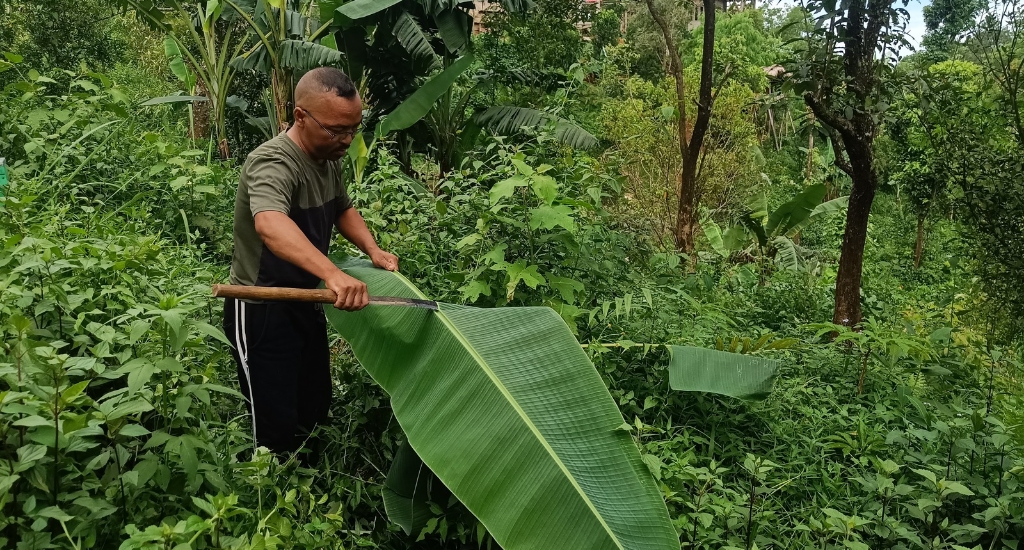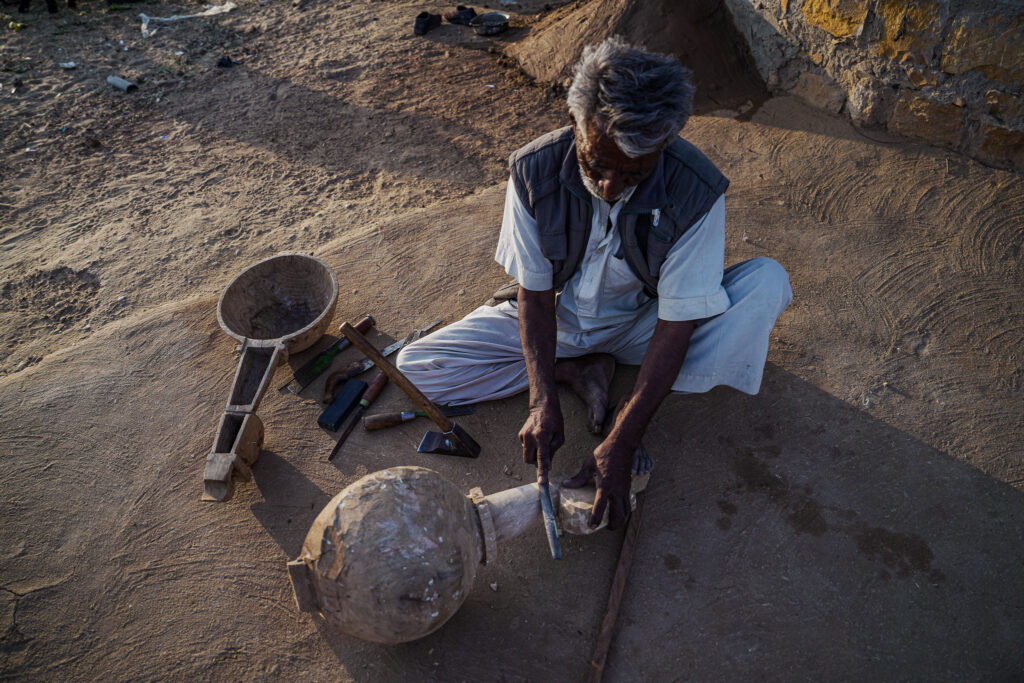Busier than bees: Sundarbans’ honey collectors
Sukanya Roy
Feb 21, 2024
Sundarbans, West Bengal
For several decades, residents of areas bordering the dense forests of the Sundarbans, have collected honey and gathered crabs for sustenance. They have also grappled with human-wildlife conflict, as tigers and crocodiles continue to pose serious threats.
Honey collectors, locally known as moulis, make arduous journeys on small boats on the Matla and Bidyadhari rivers every year during March-May, which is the honey collection season. This honey is sold under the name “Mouban”. The growing demand for Mouban can be evidenced by its rising sales. From November 2023 to January 2024, ₹5 lakh worth of forest honey was sold at the Sajnekhali kiosk in the Sundarbans. However, the risks in the honey collection process are ample, including tiger attacks on locals.
In order to reduce human-animal conflict, Joint Forest Management Committees (JFMC) have also started producing honey through bee-boxes placed in forest camps in Sundarbans. The multi-floral honey produced through this method is called “Bonphool”.
Local moulis like Champa Khanra (40) have a unique, often complex, relationship with the forest and its wild inhabitants. They pray to the forest goddess Bonbibi, wishing for a safe journey and abundant forest produce.
The honey collectors do not call a tiger, a tiger (baagh in Bangla), while in the Sundarbans forest. They refer to it as “babu” (a term of endearment). This conveys respect to a creature that has enjoyed a symbiotic relationship with nature, much like humans. She, and her community of moulis, may take from the forest, but give back in equal measure.
Also Read: Restoring the Sundarbans ecosystem
Sukanya Roy is a Village Square Fellow 2023-24. She is a freelance journalist based out of Kolkata.






